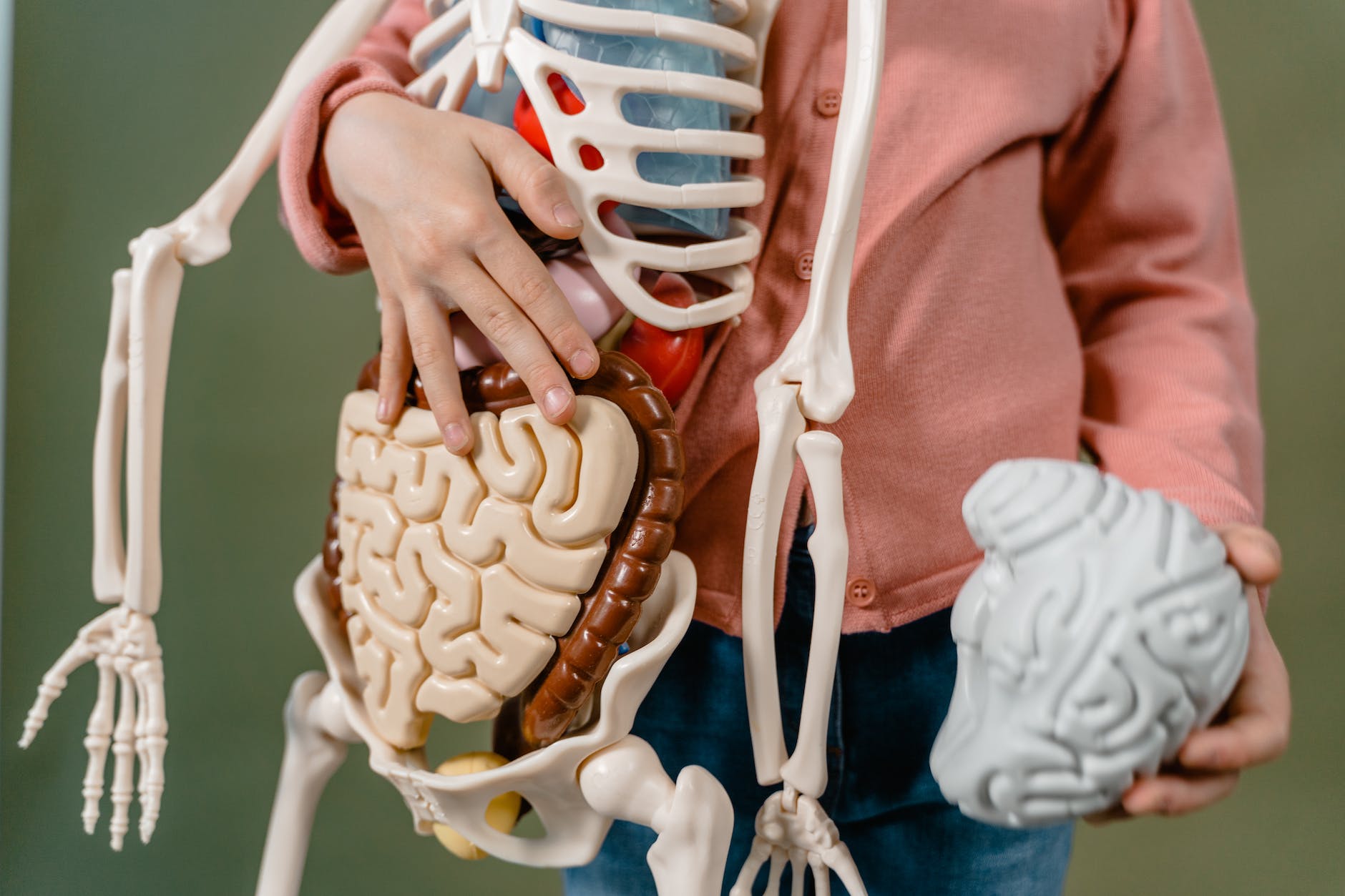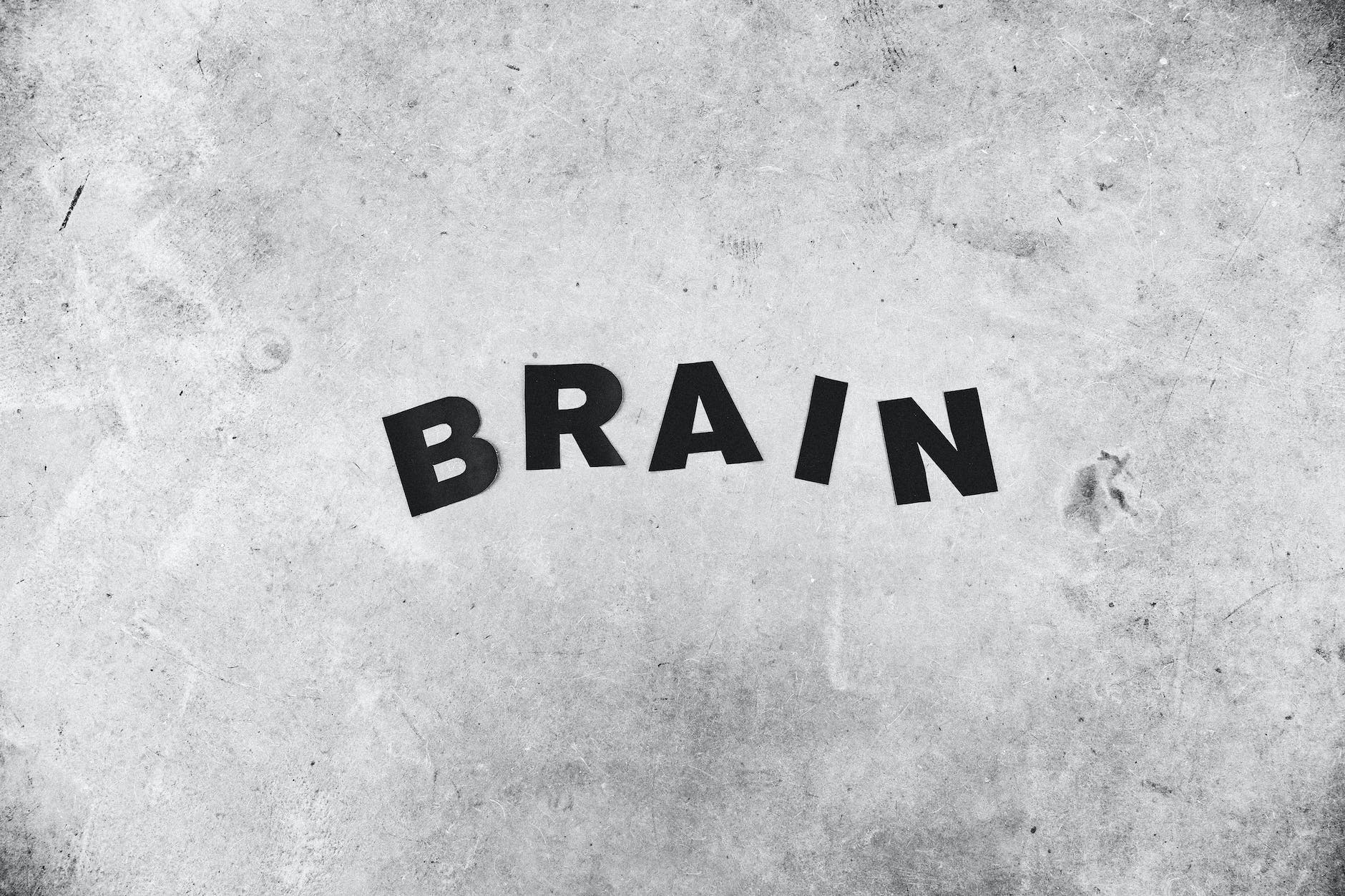As scientific progress continues to unravel the mysteries of the human brain, a unique field of neuroscience that is gaining increasing attention is psychedelic research. Once shrouded in stigma and controversy, the study of hallucinogens, such as LSD, magic mushrooms, and ayahuasca, now holds considerable promise for understanding the brain function and consciousness like never before.
Psychedelics, or psychoactive substances, primarily exert their effects by interacting with serotonin receptors in the brain. Serotonin, a neurotransmitter, is critical for many functions, including mood regulation, memory, and cognition. One derivative, known as 5-HT2A, is of particular interest in psychedelic research since it is highly implicated in the mind-altering effects of these substances. When activated, these receptors lead to a whirlwind of changes in neural activity and neurotransmitter systems.
A study led by neuroscientists at Imperial College London used functional magnetic resonance imaging (fMRI) to map the brain’s activity when under the influence of LSD. The results were astonishing. Rather than limiting activity to specific neural pathways, LSD sparked a hyperconnected brain network, with areas that don’t typically communicate, suddenly interacting in a fluid, harmonious manner. This altered connectivity might underpin the unusual thoughts and extraordinary visions users often report and it offers an exciting glimpse into the mechanisms of consciousness.
Moreover, psychedelics are renowned for their therapeutic potential. In another recent study at Johns Hopkins University, psilocybin, the active ingredient in magic mushrooms, was found to have substantial benefits for mental health, particularly in relation to treatment-resistant depression. Participants, some of whom had suffered from depression for decades, reported significant improvements in their mood, energy levels and general well-being after supervised psilocybin sessions. Intriguingly, these benefits were maintained even six months after the treatment. It is speculated that the short-term disruption of established brain patterns instigates a longer-term recalibration that can help to mitigate certain mental health disorders.
Psychedelics’ impact on brain function and consciousness also has implications for the future of neuroscience. These substances’ capacity to “re-wire” the brain, opening up new neural pathways suggests potential as a tool for cognitive enhancement. Coupled with increasingly sophisticated brain imaging technologies, the exploration of how psychedelics impact consciousness at the neural level can provide invaluable insights into the intricacies of human cognition and emotion.
However, while the potential benefits are compelling, it’s crucial to remember that these substances also carry risks. Adverse reactions can include severe anxiety, paranoia, and psychosis, particularly in those with pre-existing mental health conditions. Furthermore, psychedelic research remains in its infancy, and much about these substances and their effects on the brain function remain poorly understood.
Certainly, psychedelic science offers a fascinating latticework of therapeutic potential, consciousness exploration and our understanding of brain function. With careful and rigorous research, neuroscientists are poised to unlock even more secrets of our most complex organ and its relationship with these remarkable substances.
As an area of research, this fascinating intersection of neuroscience and psychology is gaining much-needed traction, shedding light on some of the brain’s deepest mysteries. As we continue to venture into the “inner universe” offered by these hallucinogens, who knows what secrets we might uncover about our consciousness and mental health.
Sources:
1. Serotonin receptors
2. Neural pathways
3. Therapeutic potential of psychedelics
4. Psychedelics and mental health
5. Psychedelics and consciousness
6. Psychedelics research








